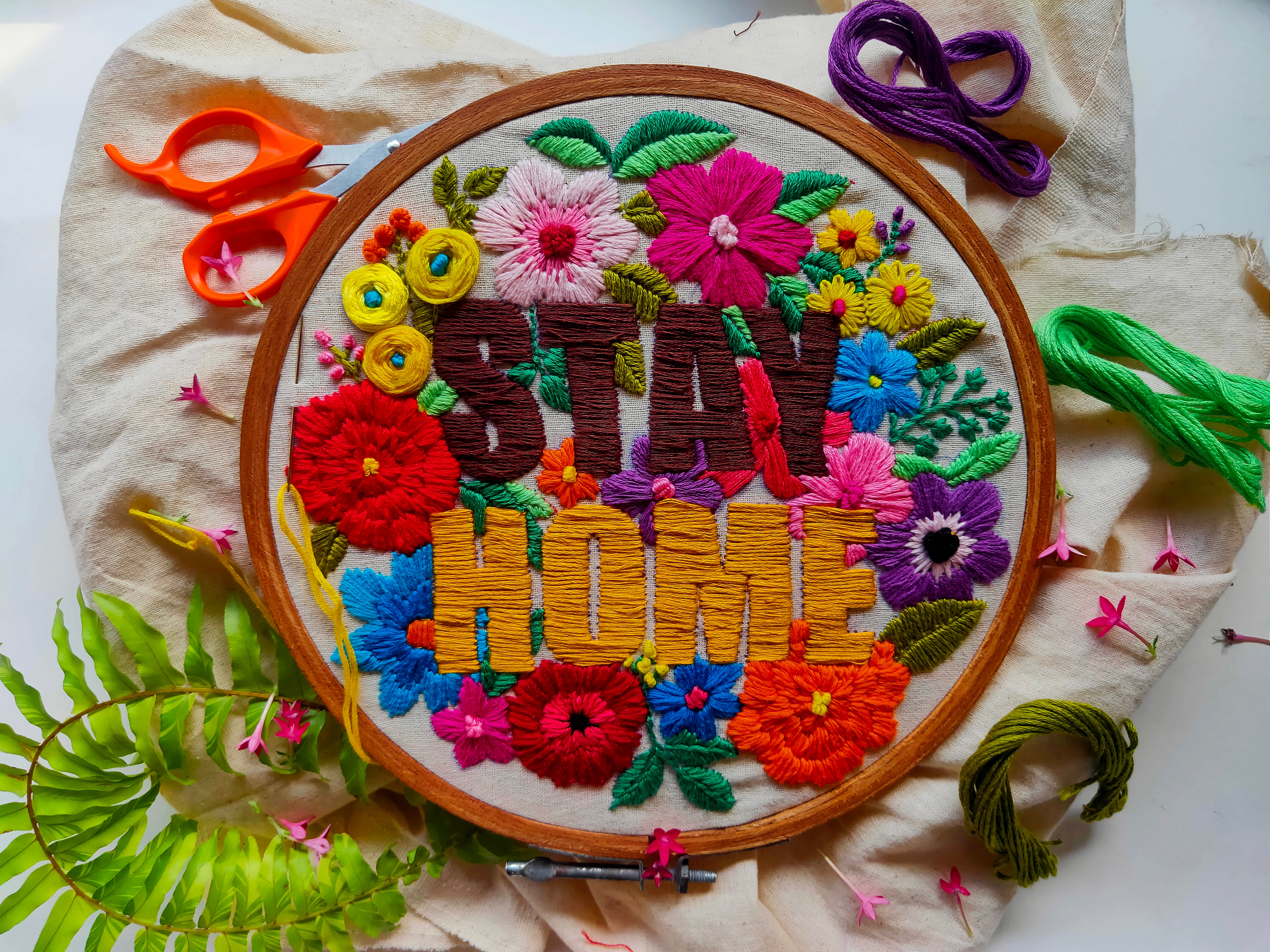Chapter 3. Craftivism and the Material Specificity of Rhetorical Action
Chapter 3, Making Matters's first case study, uses craftivism to demonstrate Leigh Gruwell's (2022) argument that "new materialist rhetorics is inherently crafty" (p. 7). This emphasis on craftiness applied to Gruwell's craft agency and utilization of craft to new materialism via a long association between making and activism. Craft's many forms (knitting, quilting, etc.) demonstrate that protesting does not have to mean a rally. Instead, materiality is used to subvert and resist power (p. 73). Gruwell argued that craft agency's attention to power dynamics adds to new materialism while calling attention to the entanglement of human and nonhuman actors. This subversion and resistance are not limited to in-person or digital environments. Instead, "contemporary craftivism is often 'a hybrid space where physical space is overlaid with digital information,' destabilizing material and digital distinctions altogether" (Gruwell, p. 65, quoting Wallace). Present-day craftivism is successful because it takes "full advantage of the affordances offered by internet technologies," creating a digital presence and using digital tools to organize (p. 65).
Though it has a long history, modern craftivism "emerged alongside the wider third-wave feminist efforts of the 1990s and early 2000s to rehabilitate craft and domesticity" (p. 64). From a feminist perspective, craftivism can reclaim and transform the ways stereotypically feminine and domestic activities, like knitting or cooking, are understood; craftivism can build coalitions and "understands the social spaces that craft fosters as generative and politically valuable" (p. 65) while empowering makers.
However, craftivism is not without its flaws: "The vast majority of criticism surrounding craftivism stems from concerns that it simply reproduces the same exclusionary class and racial structures that have marked craft more widely, rendering it a practice of privileged white women who have the time and resources to engage in the slow and often expensive work of craft" (p. 66). To counter this criticism, Gruwell highlights Black and Indigenous craftivist groups like the Million Artist Movement; The Yarn Mission; and the Missing and Murdered Indigenous Women, Girls, Queer, and Trans People Bead Project (pp. 68–69).
Food rhetorics scholars should approach the texts and rhetors we study similarly to how Gruwell counters craftivism's whiteness. That is, we can apply craft agency to ask how a text's whiteness excludes people of color and what texts center BIPOC creators. One scholar doing this work is Brita M. Thielen (2022). Thielen called on white rhetoric and writing studies scholars researching foodways to attend "to the rich rhetorical practices of communities of color" (p. 184) and analyzed three decolonial cookbooks, highlighting the work of Bryant Terry, Luz Calva and Catriona Rueda Esquibel, and Sean Sherman. In doing so, Thielen drew attention to the power entangled in how the food we eat constructs identities, thus providing a prime example of how to employ craft agency to food rhetorics.
